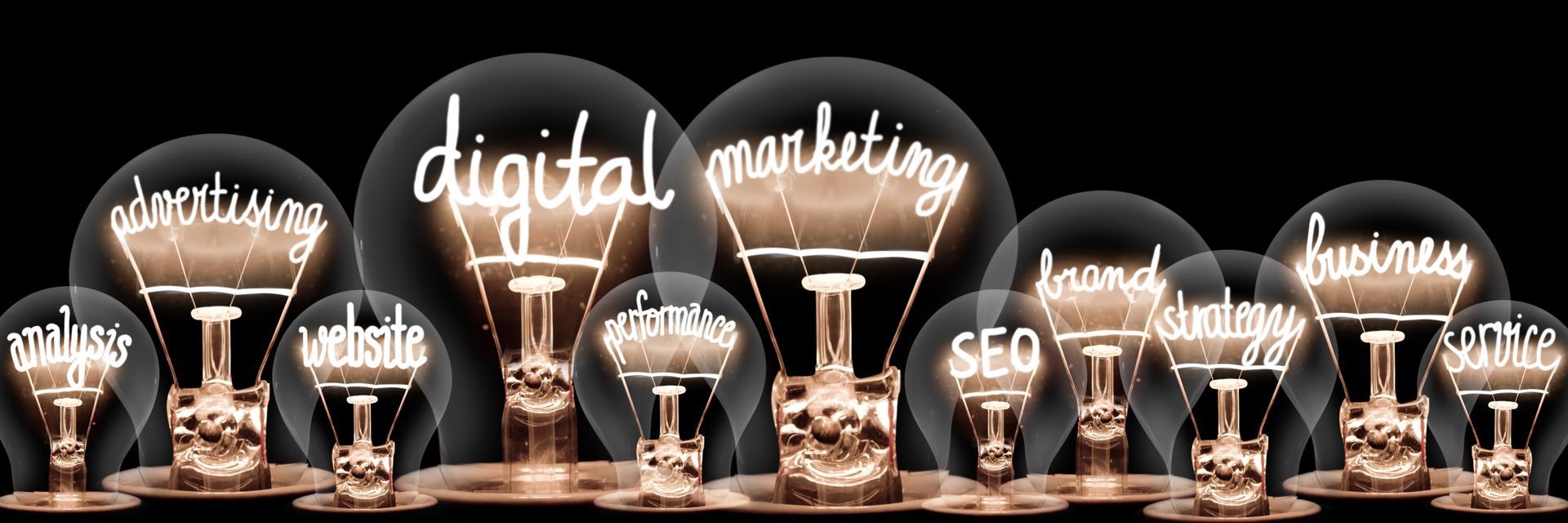How to Identify Your Core Audience (And Grow It!)
If you're running a small business, one of the most essential steps in digital marketing is identifying your core audience (also known as a core demographic).
Without a clear understanding of your customers, your marketing efforts can feel like throwing darts in the dark—hoping something sticks. Knowing your audience helps you create compelling content, appropriately target your ads, and build stronger customer relationships.
In this guide, we'll break down how to identify your ideal audience and grow it over time.
Step 1: Analyze Your Current Customer Base
The best place to start is by looking at your customers. Ask yourself a couple of key questions.
- Who are they? (Age, gender, location, income level, etc.)
- What problems do they need to be solved?
- How did they find your business?
- What products or services do they purchase the most?
Look for patterns in buying behavior. For example, if you notice that most of your customers are small business owners who buy your services for operational efficiency, that's an excellent insight for your marketing strategy.
Step 2: Conduct Market Research
A larger audience fits your business beyond your existing customers. Conducting market research can help you find them.
While there are several methods for gathering these insights, a handful are tried-and-true practices.
- Surveys & Polls – Ask potential customers what they need and what challenges they face.
- Competitor Research – Look at who your competitors are targeting. Check out their social media followers, reviews, and content strategies.
- Industry Reports & Trends – Stay updated on market trends to identify gaps where your business can offer value.
Step 3: Create Customer Personas
Once you've gathered data, it's time to build customer personas—detailed profiles representing different audience segments.
Example Persona 1 – "Busy Business Owner Brenda"
- Age: 45
- Occupation: Small business owner
- Pain Points: Struggles with time management and needs efficient solutions
- Buying Behavior: Prefers digital tools and services that save time
By creating personas like this, you can tailor your marketing to address the needs of your ideal customers.

Step 4: Use Website & Social Media Analytics
Your website and social media platforms hold a treasure trove of audience data.
- Google Analytics – See who's visiting your website, where they're coming from, and which pages they spend the most time on.
- Facebook and Instagram Insights—These tools provide demographic information about your followers, including age, gender, and interests.
- LinkedIn Analytics – If you're in B2B marketing, LinkedIn's data can help you understand your audience's job titles, industries, and engagement levels.
By tracking this data, you can refine your messaging and content strategy.
Step 5: Leverage Email Marketing Data
If you have an email list, use it to learn more about your audience.
- Segment Your List – Group subscribers based on interests, engagement levels, or past purchases.
- Track Open & Click-Through Rates – See which subject lines, offers, and content types perform best.
- Encourage Feedback – Ask subscribers what they want to see from your business.
Email marketing is a goldmine for audience insights and can also help you nurture relationships with potential customers.
Step 6: Monitor Online Conversations & Trends
Social listening is a great way to understand what your audience cares about.
- Use Tools Like Brandwatch, Hootsuite, or Google Alerts – These enable you to track mentions of your business, competitors, and industry keywords.
- Join Online Groups & Forums – Participate in Facebook groups, LinkedIn discussions, and Reddit threads related to your industry.
- Monitor Customer Reviews – Respond to what customers say in positive and negative reviews.
Tuning into what your core audience is discussing (including their trouble points) will help refine your messaging and discover new ways to reach your audience.
Step 7: Run Test Campaigns
Running small test campaigns can provide clarity if you're unsure about your ideal audience.
- A/B Testing – Run two variations of an ad (different headlines, images, or offers) to see which performs better.
- Targeted Ads – Use Facebook, Google, or LinkedIn ads to test different audience segments and track engagement.
- Analyze Results – Focus on metrics like click-through rates, engagement, and conversions to determine which audience is most interested.
This data can help you fine-tune your marketing strategy over the long haul to help you figure out your core audience and reach them most effectively.

Step 8: Refine & Expand Your Audience
Once you've identified your core customers, the next step is to expand it into an entire audience.
- Lookalike Audiences – Platforms like Facebook and Google allow you to create lookalike audiences based on your current customers.
- Partner with Influencers or Businesses – Collaborate with industry influencers or complementary businesses to reach new people.
- Encourage Word-of-Mouth & Referrals – Happy customers are your best marketers. Offer incentives for referrals.
By continuously refining and growing your audience, you'll build a loyal customer base that keeps coming back.
Get Started With Cole-Dalton Marketing Services
Understanding your audience is key to digital marketing success. By analyzing your current customers, conducting research, using analytics, and running test campaigns, you can refine your marketing efforts and attract more of the right people.
The most important thing? Keep learning! Audience preferences change, so regularly analyze your data and adjust your strategy. The better you understand your audience, the more effectively you can grow your business.
Our Cole-Dalton Marketing Services team aims to help small businesses succeed. We focus on marketing management services so you can focus on your business's core.
Check out our capabilities and marketing systems here, and let's get in touch to take your business to the next level!
Visit Our Office
Navigation
All Rights Reserved | Cole-Dalton Marketing Services

(314) 279-0600
| info@cole-dalton.com
|
710 N. Tucker Blvd Suite 503, St. Louis, MO 63101








